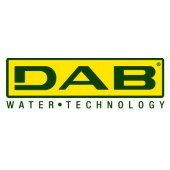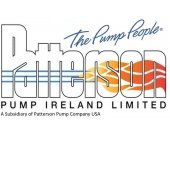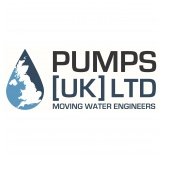Q&A
 In this issue of flow, Martin Richardson, Water Framework Manager at ABB, looks at the water industry’s silent challenge, harmonics, what causes them, and how they can be mitigated using ultra-low harmonic variable speed drives (VSDs).
In this issue of flow, Martin Richardson, Water Framework Manager at ABB, looks at the water industry’s silent challenge, harmonics, what causes them, and how they can be mitigated using ultra-low harmonic variable speed drives (VSDs).
QUESTION: We have been advised that some problems we are experiencing with the electrical systems at our water treatment works could be caused by harmonics. What are harmonics, and what causes the phenomenon?
MARTIN RICHARDSON: Harmonics can be a big problem in water treatment applications. They are disruptions to the voltage and current waveforms caused by introducing non-linear loads to the grid, which result in the deviation of the voltage and current sine wave. Non-linear loads are typically devices that do not draw current continuously, so anything that involves switching. This can include switched mode power supplies, variable speed drives (VSDs), UPS systems, and solid-state switches. Many of these devices generate harmonics in only small amounts, but as more of them are introduced to the power network, the amount of harmonic distortion accumulates, and can end up affecting power quality and disrupting equipment operation.
Other non-linear loads include LED lighting, photocopiers, computers, televisions, and the majority of electronics that have a power supply. Solar inverters and electric car chargers are also switching devices, and, as such, will generate harmonics. With more of these devices coming online across the country every day, it is likely that the issue of harmonics will become more widespread in the near future unless steps are taken to mitigate against harmonics already on the grid and reduce harmonic content in new devices.
QUESTION: How do I know if harmonics are present in my system?
MARTIN RICHARDSON: The presence of harmonics is often only apparent when electrical systems start to malfunction, which is why we refer to it as the silent challenge. You can’t see or hear them, but their effects are observable through erratic operation or overheating of equipment. Complicating matters is the fact that these symptoms can potentially be caused by issues completely unrelated to harmonics, making them difficult to quickly diagnose. Harmonics can affect system efficiency, and result in increased losses. In extreme cases they can even cause equipment like generators to fail, and generators are assets the water industry can ill afford to be without for any length of time.
QUESTION: So, on the basis that there will be harmonics present in our systems, how can they be mitigated?
MARTIN RICHARDSON: There are steps that can be taken to mitigate the effects of harmonics, like adding cooling or over-dimensioning equipment. External filters or multi-pulse drives and transformers can also be added to the supply. However, these measures come with additional costs, and can create space problems in already crowded facilities, as well as adding an additional layer of complexity and power requirements to any installation. In any case, these steps merely address the symptoms of harmonics, rather than the underlying causes.
Harmonics cannot ever be entirely avoided within a system, as every device creates them to a greater or lesser extent. As switching devices, VSDs have traditionally been considered part of the problem when it comes to harmonics. However, recent developments in drive technology have meant that they can now be part of the solution. Ultra-low harmonic (ULH) drives have built-in harmonic mitigation, including an active supply unit and integrated line filter, which can help to reduce harmonic content by up to 90% compared to conventional VSDs.
By reducing the harmonic content produced by the drive, losses in other components and equipment can be reduced, improving overall system efficiency. It also eliminates the need for additional equipment and cooling provision, reducing the cost and complexity of drive installations.
Back to Latest News





3.png&w=170&h=170)

2.jpg&w=170&h=170)


1.png&w=170&h=170)
